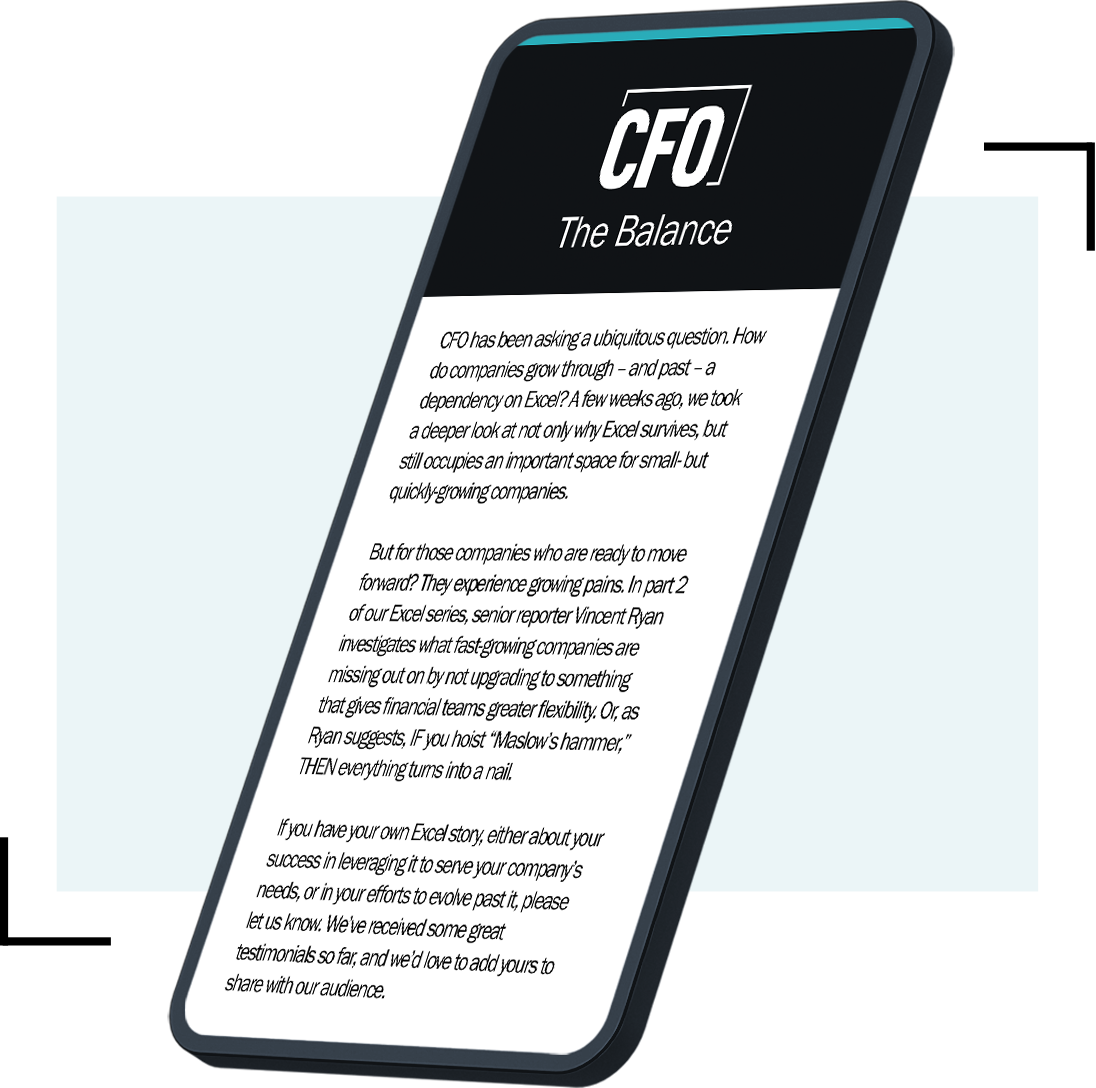In October 2017, Honeywell announced not one but two divestments representing close to $7.5 billion in revenues. It planned to execute each via a tax-free spin-off and receive total dividends of $3 billion at closing.
For most companies, a single carve-out would be a major undertaking. For Honeywell, these were just two more transactions in a 15-year journey of prolific portfolio reshaping that included close to 100 acquisitions interspersed with 70 divestments.
The moves resulted from a comprehensive portfolio review process that the newly installed CEO, Darius Adamczyk, described as “objective and fact-based, involving extensive analysis and input from industry experts and participants as well as from our shareowners. The foundation of the announcement was a set of criteria … against which each business was measured.”[1]
Responding to an analyst’s question about future investments, he went on to say, “So the punchline for me is, we’re going to be very active in the M&A arena. In terms of prioritization, I think now, given these two spins and given … the optimized capital structure, I’m very excited about investing in any of the four [remaining business] platforms.”

Preparation Drives Value
With the market’s scrutiny on efficient capital allocation, companies cannot afford to be without a well-executed process for deciding which businesses to buy and sell, and when. Great uncertainty also puts a premium on your ability to react quickly both to unexpected opportunities — acquiring a suddenly weakened competitor, for instance —and to threats such as loss of profitability due to exchange rate shifts. Rigorous portfolio decision-making helps maintain sufficient financial capacity by pruning non-core and chronically underperforming businesses.
Diagnose Capabilities
Portfolio management is about strategy, planning and processes. To assess the strengths and weaknesses in your current approach, consider the following questions:
Clearly articulated strategy
- How recently have you refreshed your strategy with significant input from external stakeholders?
- How does each component of your business portfolio complement the enterprise strategy?
- In response to an unsolicited (hostile) offer or an activist’s critique, could you defend the intrinsic value of each business unit and its contribution to the portfolio?

Jeffrey R. Greene
Disciplined methodology
- Do you employ the same investment model and metrics to evaluate existing businesses as you do for new uses of capital, such as M&A, capital expenditures, research & development funding, and market entry?
- How often do you review your strategic and financial criteria to reflect changes in economic outlook, capital costs, and industry dynamics?
- Can you calculate the economic return on invested capital and the appropriate risk-adjusted discount rate for each business?
Flexibility to react to market conditions
- Do you maintain a current watch list and sufficient financial flexibility to outmaneuver competitors if an attractive acquisition becomes available?
- How quickly could you execute a divestment for full value in response to an internal need for liquidity or high interest from potential buyers?
Alignment with internal processes and incentives
- When was the last time you used your planning process to stress test how enterprise value would be affected by alternative portfolio strategies or external scenarios?
- What metrics does your performance management system use to balance incentives between acquiring and divesting to create shareholder value? Does your corporate culture favor acquiring over divesting?
- Is it clear who in the organization has the mandate to review and make needed changes to the portfolio?
Implement World-class Management

Jeff Wray
For many companies, extensive portfolio management tends to be undertaken in reaction to cash needs or market developments. We’ve observed corporate acquisition skills improving steadily over the past decade, but divestment practices have been slower to evolve.
Even companies that execute divestments well tell us they rarely sell the right business at the right time. Both private equity and strategic acquirers look for bargains when buying from sellers who just want to get rid of an underperforming business that has become a distraction to management, a sore point with the board, or a target for negative analyst commentary.
Turning portfolio management into a core competency requires a corporate-wide commitment to align incentives, structure, processes, and tools. Getting all of this right helps lead to well-timed divestments, stronger balance sheets and increased readiness for opportunistic acquisitions — all very big pluses in the current economy.
There is a whole group of external players — analysts, private equity, activist hedge funds, institutional investors, the press and competitors — who are reviewing your portfolio whether you want them to or not. CEOs and CFOs can no longer afford to tie up resources in suboptimal uses.
Better to employ rigorous, repeatable portfolio management processes to liberate that capital and improve financial flexibility to counter threats and quickly capture investment opportunities.
This article is adapted from the new EY Transactions Advisory Services book The Stress Test Every Business Needs, by Jeffrey R. Greene with Steve Krouskos, Julie Hood, Harsha Basnayake, and William Casey. The book has more 20 other senior EY contributors including Jeff Wray.
Mr. Greene leads the EY corporate development leadership network and Mr. Wray is EY-Parthenon’s consumer products sector leader.
[1] “Honeywell International Inc. Comprehensive Portfolio Review Conference Call,” Thomson Reuters StreetEvents, 10 October 2017 (edited transcript).
[2] “Honeywell Spins Off Assets as Third Point’s Dan Loeb Watches,” TheStreet, 10 October 2017.
Copyright © 2018 by EYGM Limited. All rights reserved.








